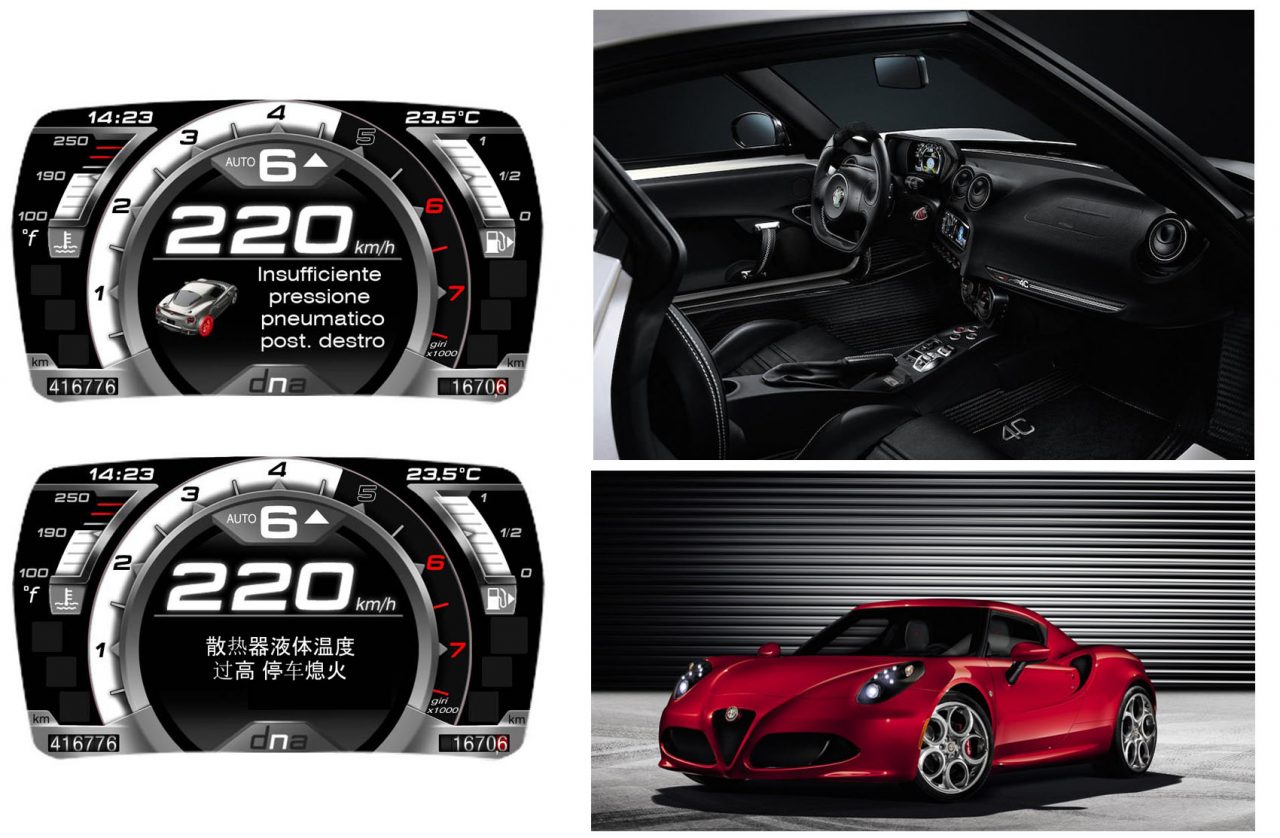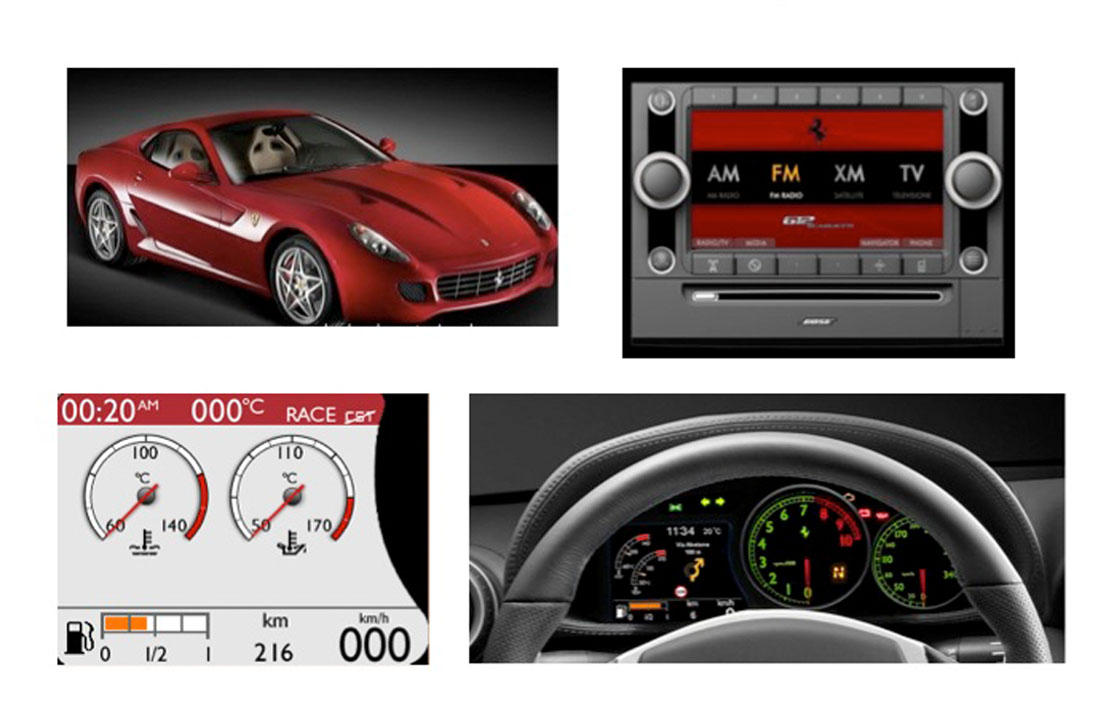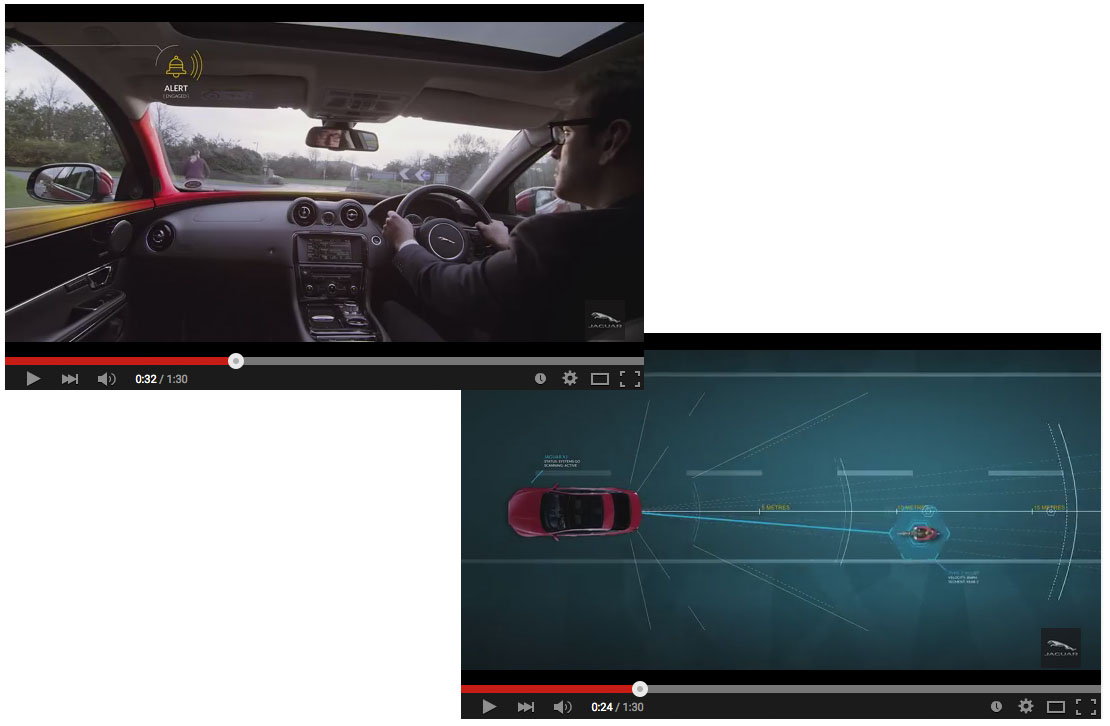Dash-board displays / Alfa Romeo_Italia
The brain devotes 30% to 40% of its capacity to vision. The “visual brain” is a smart one, even if (or perhaps because) it does not give in to coercion from the rest of the brain. Visual Cognition and the ability make real time sense in the case of automotive interfaces there has been a heavy reliance on interacting with visual information via the dash-board displays.

The challenges to visual dominance started when vehicles ”went digital” with the introduction of mobile phones and colour LCD displays. The amount of visual information increased exponentially and acted as a severe limitation on the drivers ability to focus on the road while being distracted by the navigation system and mobile phone. We started to work with FCA (Fiat Chrysler Automobiles) in 1999 and since then we have worked on over 10 platforms in the Fiat, Lancia, Alfa Romeo, Maserati & Ferrari brands. A lot of our research and testing work has focused on Multi Modal Interaction. This is where we try to combine different interaction requirements with different and multiple interaction modalities.

JLR (Jaguar Land & Range Rover) “Bike Sense” was a Multi Modal Interactive study in overcoming the limits of a Visually Dominated interaction with a cabin integrated sensory interaction system. We used directional sound, force feedback, and micro LED embedded door panels which changed intensity and colour to alert the driver to the speed distance and direction on coming bicycle hazards.

